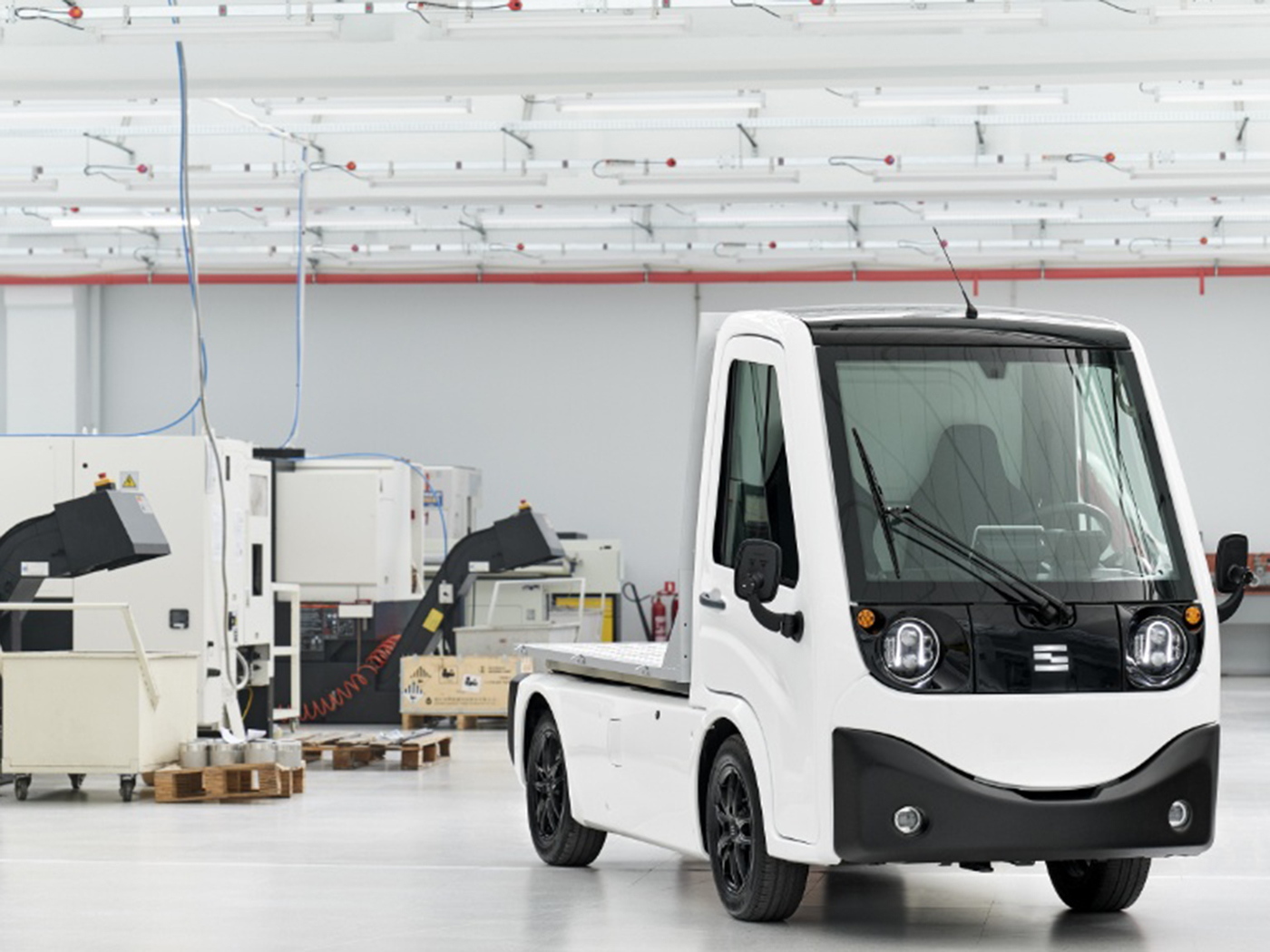- Every sixth job in the Bulgarian industry is concentrated in the Plovdiv region.
- The big engine behind the region’s industrial expansion are the mechatronics and automotive sectors.
- Although shrinking, clothing and food still have surprisingly large shares of the local industry.
The rapid development of the region and the huge interest from investors are often a reason to raise the question of whether it is possible for the labor market in the area to satisfy the needs of employers, or whether the labor shortage will become a chronic problem for Plovdiv. Even media headlines about new investments still emphasize the number of jobs to be created. But lately this has not been the leading topic, but rather what added value each new workplace will provide. And from there, will it be able to compete for personnel, as well as attract people from the low-tech clothing and food productions.
Some investors, especially those more dependent on the quantity and cost of labor, are likely to feel pressure to shift to other destinations where labor costs and competition for jobs are significantly lower. Others focus on the production of more expensive products with higher added value, as well as on accelerating the processes of implementing new technologies and production processes. This, in turn, leads to a change in the industrial profile of the region.
The shrinking sectors
Traditionally, the sectors most under pressure from the labor market and experiencing significant contraction are those related to the production of textiles and clothing. In the Plovdiv region, this sector is still surprisingly large – 13% of industrial jobs, considering the competition for people from the fast-growing mechatronics and automotive sectors. Over the past five years, clothing has lost nearly 4,200 jobs. The other big shrinking sector is food and beverage, which over the same period shrank by 850 jobs to just over 13,000, or 18% of industrial employment in 2021.
The largest group of industries in the Plovdiv region is that of process industries (metals, chemistry, cosmetics, etc.). However, new investments in this group are rare, with employment increasing by only 660 jobs over a five-year period.
The expansion of mechatronics and automotive
The big engine behind the industrial expansion of Plovdiv are mechatronics and automotive, which for a period of 5 years increased their share in the local industry by 6 p.p. Since 2016, jobs in the sector have grown by 3,800 to 21,000 jobs, or 29% of industrial employment in the Plovdiv region. For comparison, the increase in all other regions in Bulgaria summed together is 3,400 jobs.
More than three-quarters of the mechatronics and automotive job growth in Plovdiv has come from foreign investors. They are responsible for more than 12,900 of the jobs in the industry as of 2021. At the same time, investment by domestic investors is also increasing both in the creation of new productions, as well as for expansion or relocation to Plovdiv from other cities in Bulgaria. Mechatronics and automotive in Plovdiv are distinguished by the highest labor productivity (value added per workplace) in the local industry. This is a surprise, because this leadership position in the other regions of the country is held by the significantly more capital-intensive process industries.
High productivity, in turn, is reflected in wages. Again the highest in the local industry, as well as higher than the average for the rest of the country’s regions. Labor costs in mechatronics and automotive are indeed growing at a very fast rate – 11.4% on average per year for the last 5 years, but this is largely due to the parallel growth in labor productivity.
Source: Capital



